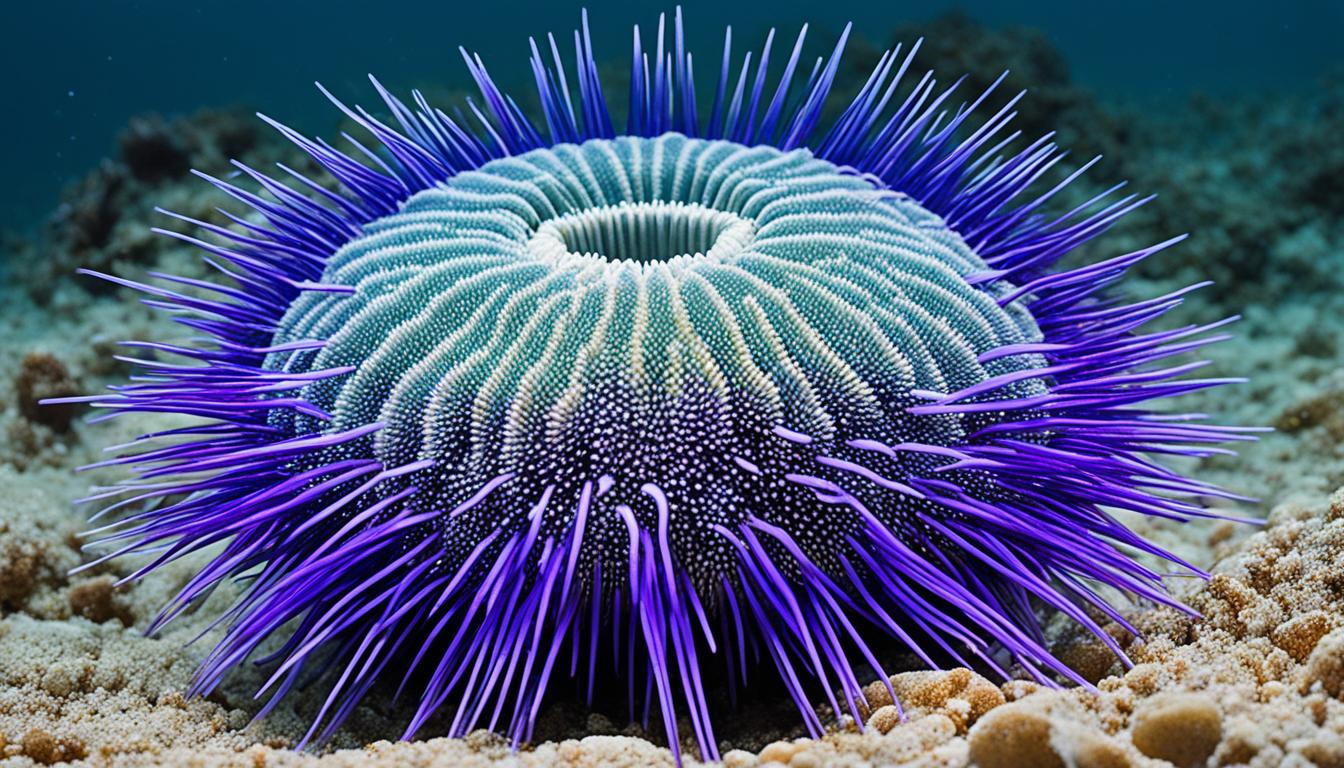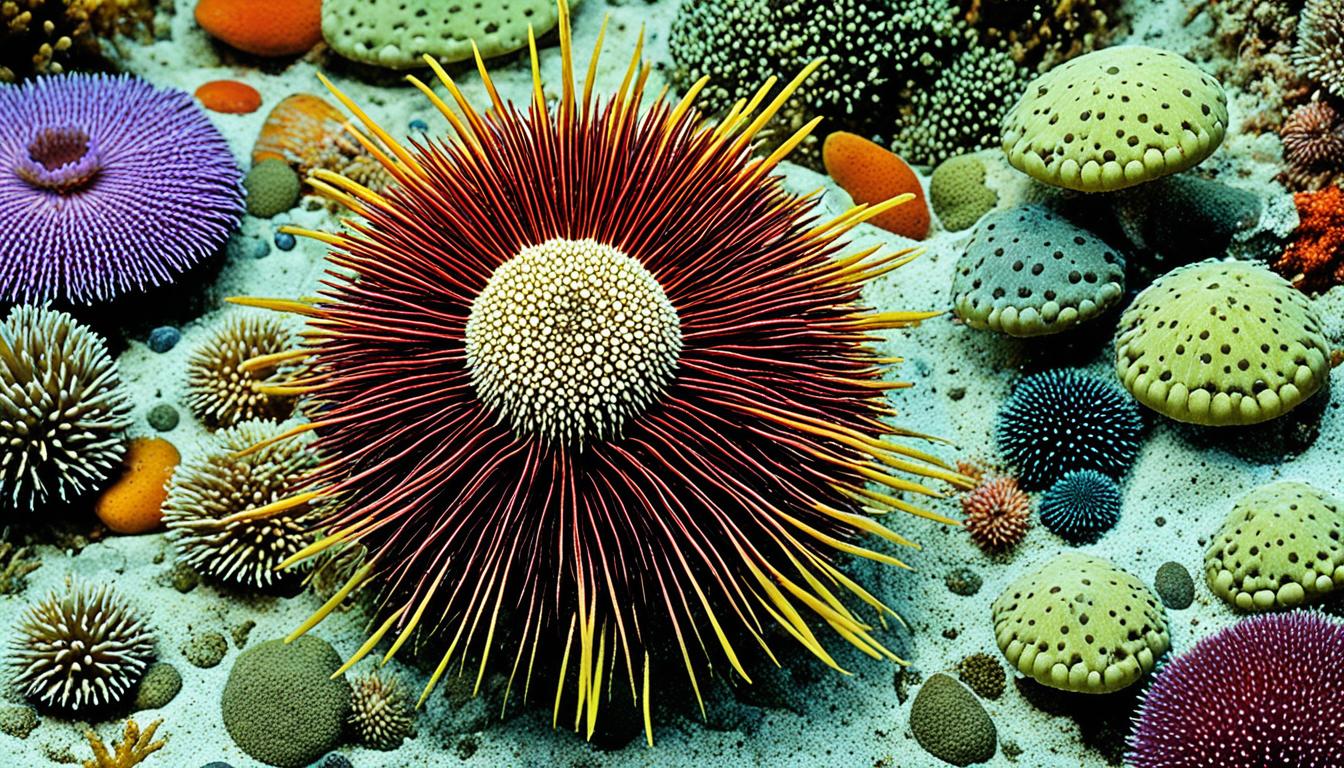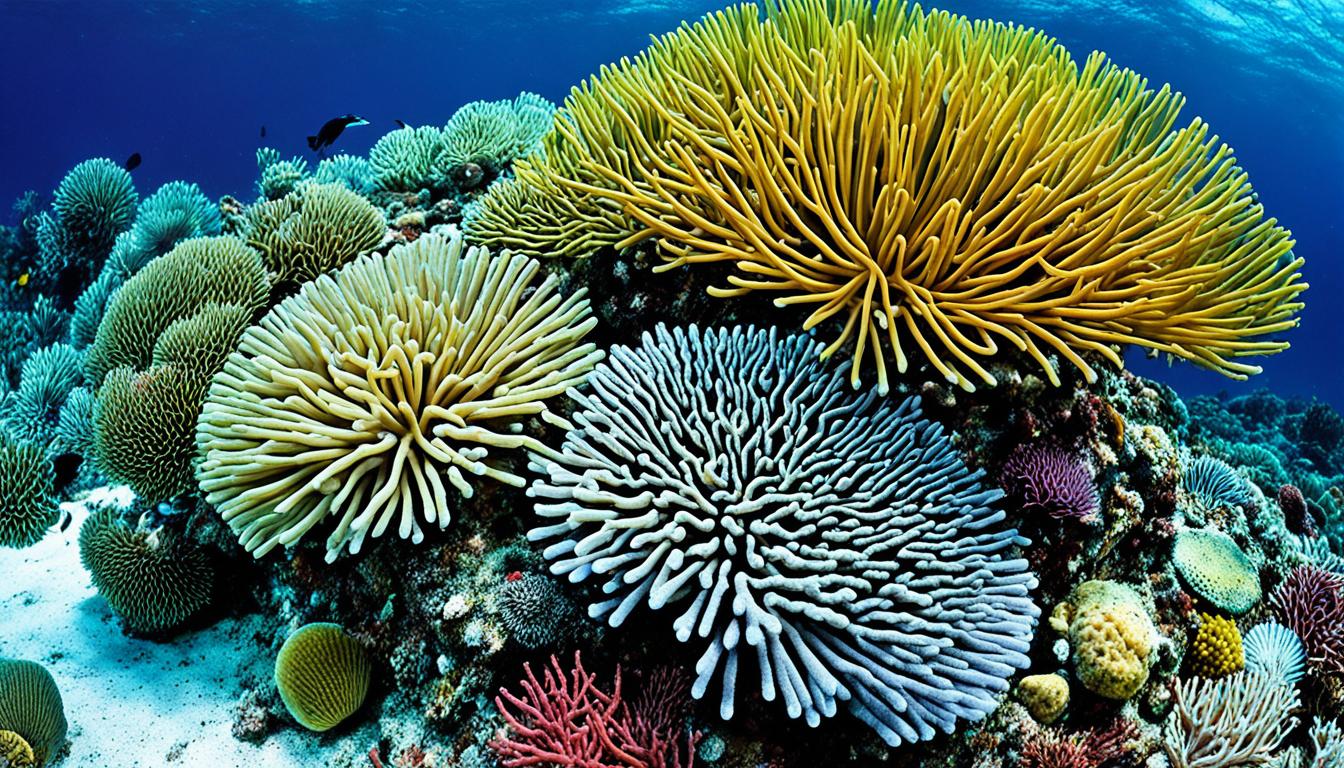One of the most well-known animals native to Africa is the lion, which has earned the nickname “king of the beasts.” It has a huge head and a body that is muscled, and its muscles are highly developed. They are able to hunt some of the tallest creatures on earth, such as giraffes and elephants, because of their impressive leaping abilities.

The research indicates that African lions have the ability to do vertical jumps of around 12 feet and horizontal jumps of up to 36 feet. In spite of their large build, they are able to make impressive jumps and climb trees thanks to the strong and adaptable leg muscles they possess. Because lions usually hunt by jumping on their prey, one of their most important skills is being able to make big jumps to get to their food.
How high can a Lion Jump Vertical?
Both lions and tigers have virtually identical high-jumping abilities. The record for a vertical jump performed by a tiger is greater than 12 feet, while the record for a lion is only a few inches lower.
How high can a Mountain Lion Jump?
Mountain lions are lonely animals that are naturally shy and possess powerful, muscular limbs. They are incredibly quick runners, capable of reaching speeds of up to 43.5 miles per hour, which is comparable to that of a vehicle. The mountain lion has excellent jumping abilities, which allows it to sneak up on its target and catch it in the act of jumping. It can jump 40 feet in the air while standing still and can make a vertical leap of at least 15 feet, which is higher than the ceiling in your room.
Can Lions Jump Over Fences?
Lions can jump 12 feet vertically, so they can jump a fence that is 12 feet higher or less than that. The fences that are higher than 12 feet are difficult for a lion to jump. A mountain lion is capable of jumping a fence that is 15 feet high by itself and a fence that is 10 feet high while holding young livestock in its mouth.
Can Lions Jump 50 feet?
No, lions can not jump 50 feet. According to a study, the greatest height that lions can jump is around 36 feet. However, this ability is more common in Asian lions than it is in African lions since African lions are smaller. Also, lions that are adults are much too old for that because they don’t have as much energy as younger lions.
Which Big Cat can Jump the Highest?
The cougar mountain lions (pumas) are examples of swift and strong cats. These powerful animals are superb sprinters, and their jumps may reach heights of up to 5.5 meters (18 feet) in the air. Because of this, they are considered the big cats that can jump the highest on the earth, as well as the largest animal on the list of the highest jumpers in nature.
Can Flying Squirrels Jump Higher Than Lions?
Did you know amazing flying squirrel facts? Flying squirrels may not be as big or powerful as lions, but they can jump higher! These acrobatic creatures have a special membrane between their legs that acts like a parachute, allowing them to soar through the air and reach impressive heights. So yes, when it comes to jumping, flying squirrels have the upper paw.
Can Elephants Lift Themselves Up If They Fall Down?
Elephants falling and getting up: Elephants possess remarkable strength, but their massive size makes it difficult for them to lift themselves up if they fall down. Instead, they rely on their herdmates to assist them. These highly social animals work together using their trunks and tusks, leveraging their weight to help the fallen elephant rise again. This cooperative behavior reinforces the strong bonds among elephants and showcases their innate intelligence and compassion.
How can Lions Jump so High?
The following is a list of the physical characteristics that give lions their exceptional jumping ability.
- Muscles:
In spite of their clunky and heavy bodies, lions have muscles and tendons that are very closely linked together. Their muscles, which are both powerful and flexible, help them maintain their bodies in good shape and enable them to do big jumps.
- Legs:
The lion’s legs are the primary characteristics that contribute to its exceptional jumping ability. They are able to “horizontally and vertically” jump great distances thanks to the powerful muscles in their rear legs. Their muscular legs allow them to sprint fairly quickly, which is one of their primary abilities. Lions are capable of reaching speeds of up to 50 miles per hour, but, because they lack stamina, they are only able to sustain their highest pace for short durations.
- Paws and Claws:
Because lions’ paws are so delicate, they are able to walk about softly without being detected by their prey. While a lion is jumping, its sharp claws offer a solid grip on the ground (or prey), and its cushioned pads help with landing and protect them from tumbling.










